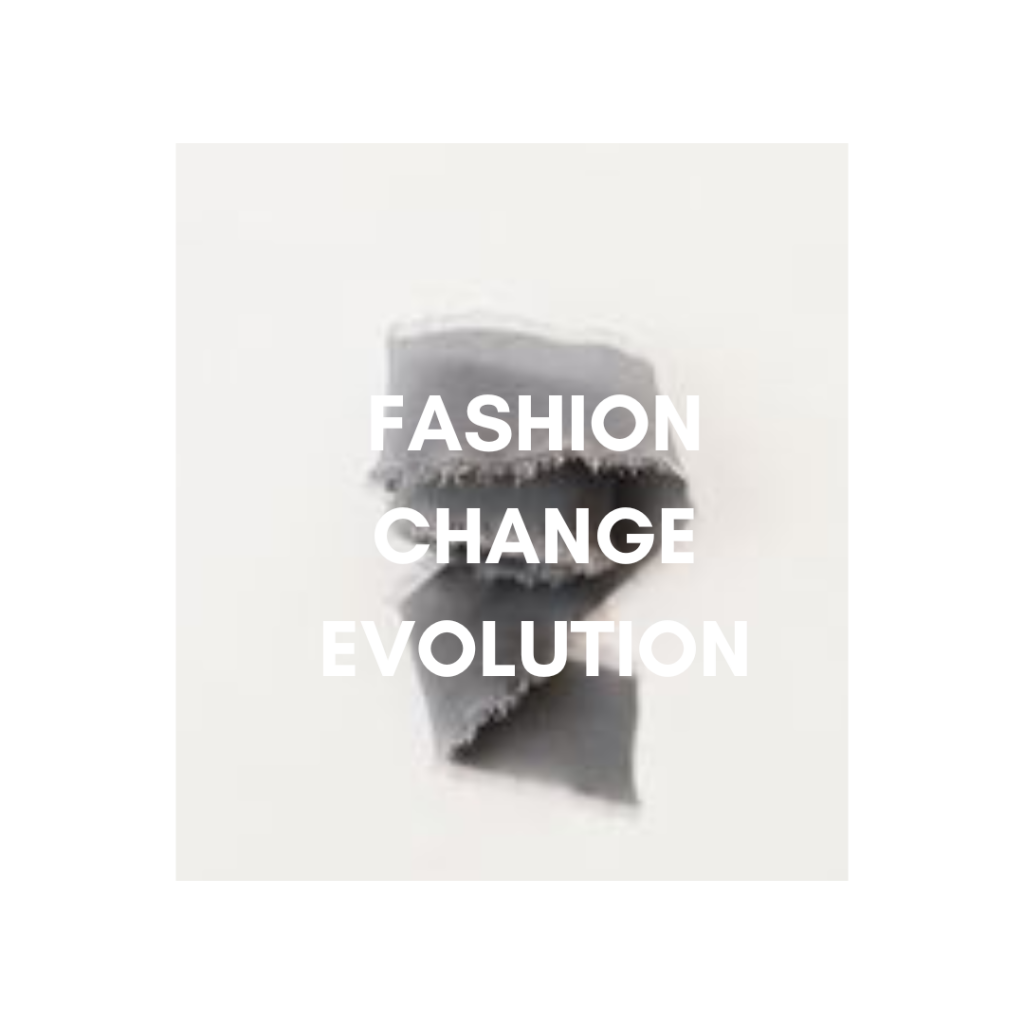How products change
Changing fashion to change our culture
Products change when consumers’ tastes change. But given that consumption is all about cheap and disposable products, we are in big trouble.
The fashion industry was oriented toward a new direction to preserve the environment and people’s life. But the reality highlighted even more terrible consumption habits, as in the case of ultra-fast fashion we discussed in our previous post.
The combination of overproduction and overconsumption is the economic pattern that dominates the fashion industry. Also, it is the same as we see in any other field. Therefore, it is a cultural issue.
Consuming disposable products is a trend that has captivated young generations too. Indeed, accessible cheap products give the illusion of richness.
Mass culture is the commercialization of culture. So, making products for commercial purposes only. People are so involved in this extensive offer that there’s no escape from it. Or so it seems, at least.
But climate change is the issue we need to face, and it’s urgent.
And so, how do we change consumers’ tastes?
Change products: fashion and culture
Changing fashion means changing the culture.
Fashion makes products that portray our culture, revealing our society’s tastes. That means fashion tells what we consume.
In other words, changing what we consume involves changing fashion. And so, our culture.
The change starts with acknowledging the new needs and incorporating them into designing meaningful products for people who care.
As a boutique and insiders, we contribute by selecting only valuable garments and good design. And by presenting a different viewpoint for people like us, who do not recognize themselves in the mass trends.
Your choice, if you care, is evolving towards a conscious lifestyle aiming to change for the better. Or leave things the way they are, persisting with the blind exploitation of people and the planet.
In the end, you have two options: either you can play the game, or you can change it!
How products change Read More »

